News reports from the Champagne region of France paint a grim picture for this year’s harvest. For a change, the growing level of panic has nothing to do with the weather.
The Champagne industry has been slammed by the COVID-19 pandemic. While consumption of table wine has skyrocketed, Champagne sales have plummeted. The widespread lockdowns may keep people sheltering in place and tippling more than usual, but celebrations such as weddings and graduations have been verboten.
It has been reported that by fall, there could be as many as 100 million unsold bottles of Champagne resting in the cellars of the Champagne region. Worldwide Champagne sales have dropped a stunning $2 billion. In France alone, which accounts for 50 percent of all Champagne sales, the drop is 70 percent of normal. France was in total lockdown for more than two months due to COVID-19.
The backup in inventory is so great that an emergency meeting has been called for Aug. 18 to decide whether to proceed with the harvest or destroy the grapes. Other alternatives being considered are using the grapes to produce hand sanitizer, or possibly table wines without the fizz, though table wine from this rather cool region (where grapes struggle to ripen) could be a bit rough around the edges.
The CIVC, the organization that controls regulations in the Champagne region, is likely to impose severe limits on harvested grapes due to the backlog in inventory.
One option not being discussed, at least openly, is a dramatic reduction in price. Champagne is expensive. It’s expensive primarily because it’s time-consuming and costly to produce.
Many non-vintage Champagnes are aged a minimum of three years before release. That’s a long time to sit on inventory without any sales revenue. Vintage Champagne and special cuvée Champagne are typically aged far longer than non-vintage Champagne, sometimes up to nine years.
The old saying “time is money” is especially true in the Champagne business. By contrast, most New World sparkling wines are released after aging for two years or less.
No one knows what the CIVC will decide later this month, but none of the options are very appealing. I’m hoping for a painful but bold decision to move the excess inventory with steep discounts worldwide.
Tasting Notes
Wines are rated on a 100-point scale. Wines are chosen for review because they represent outstanding quality or value, and the scores are simply a measure of this reviewer’s enthusiasm for the recommended wine.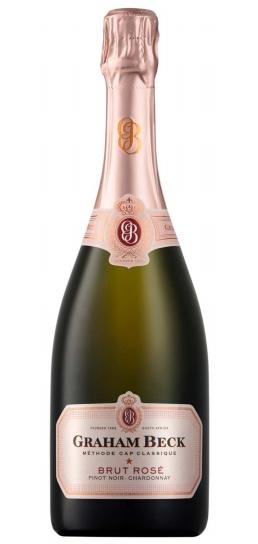


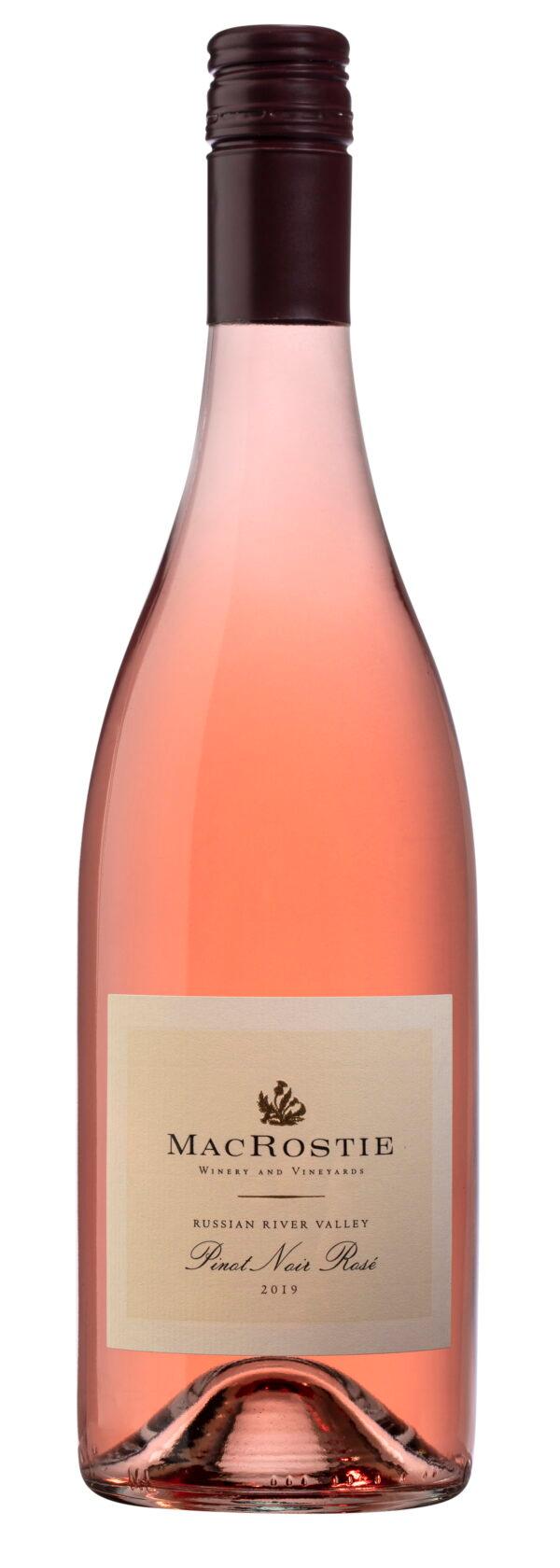

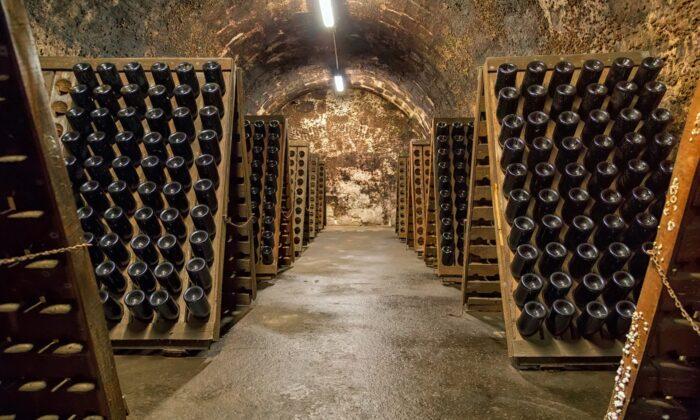
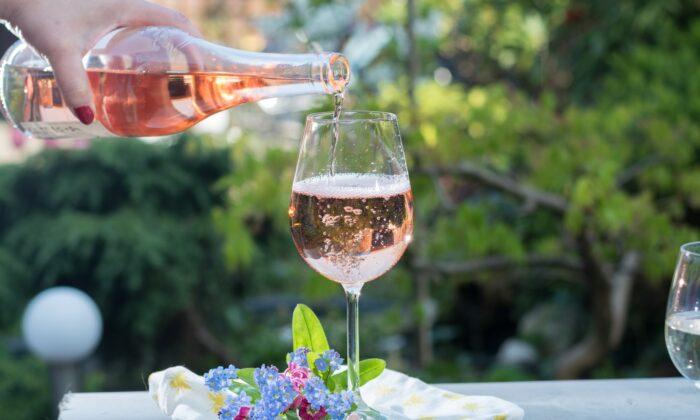
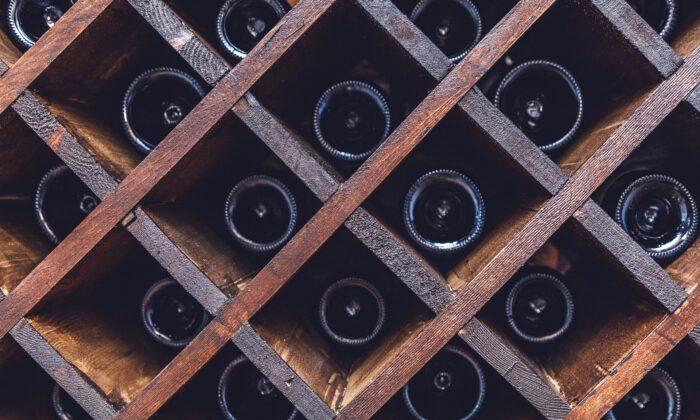
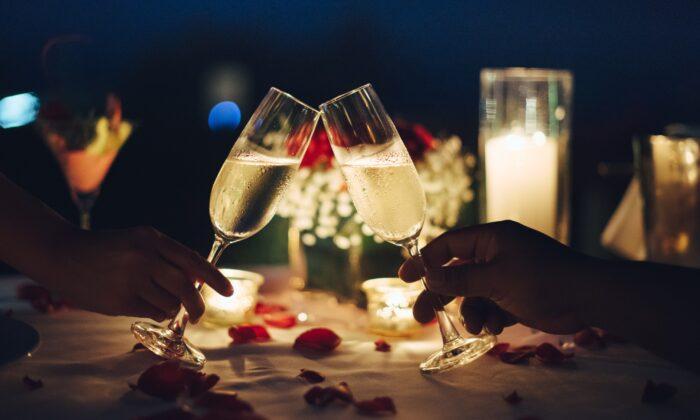
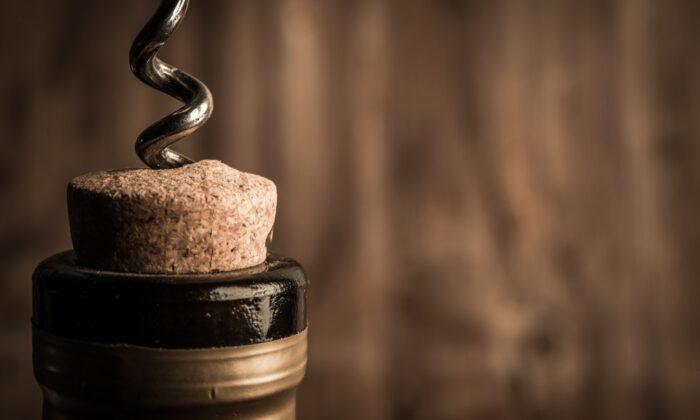
Friends Read Free